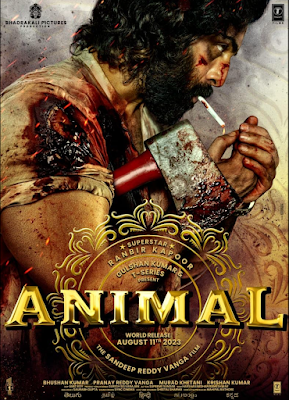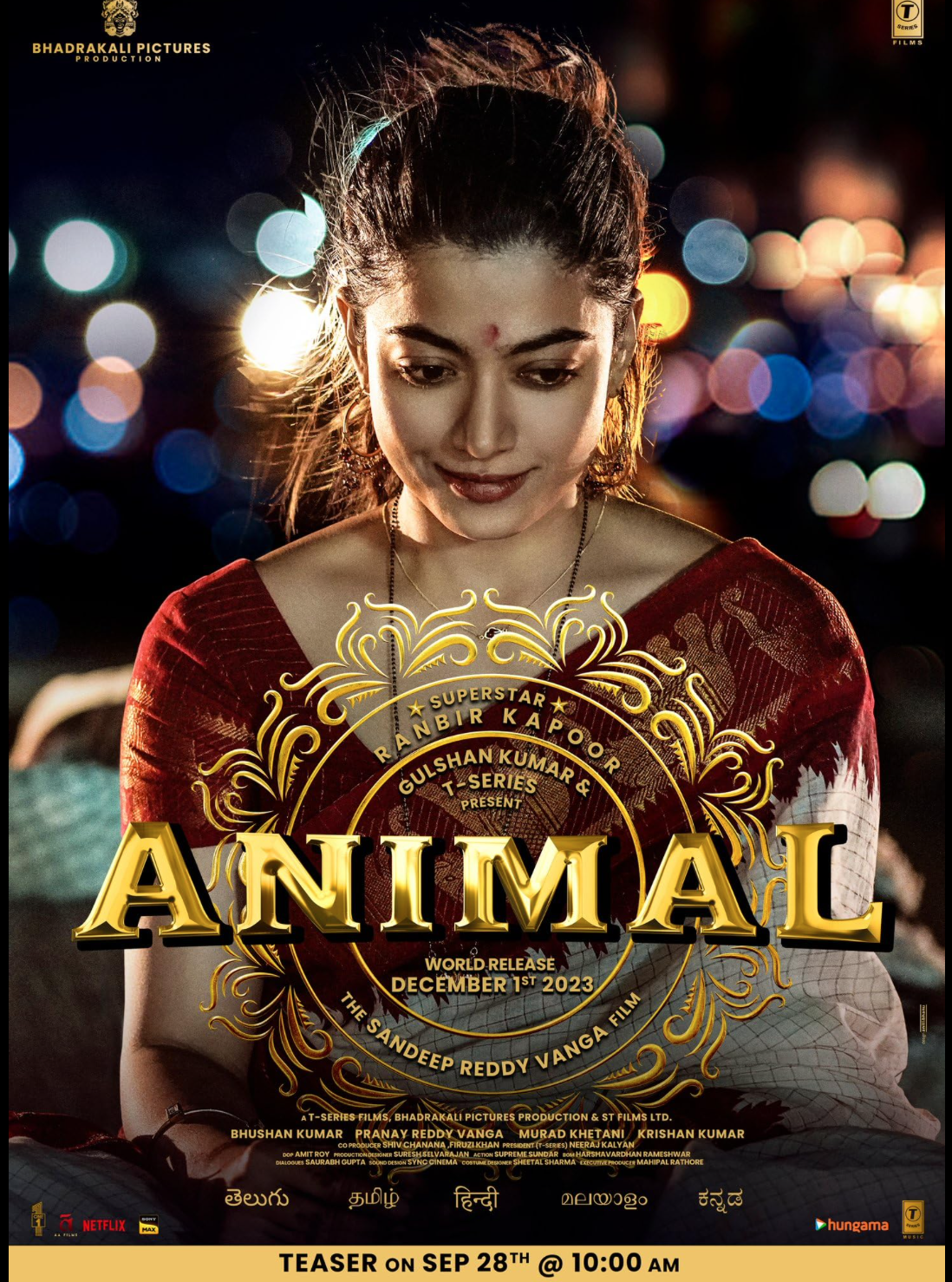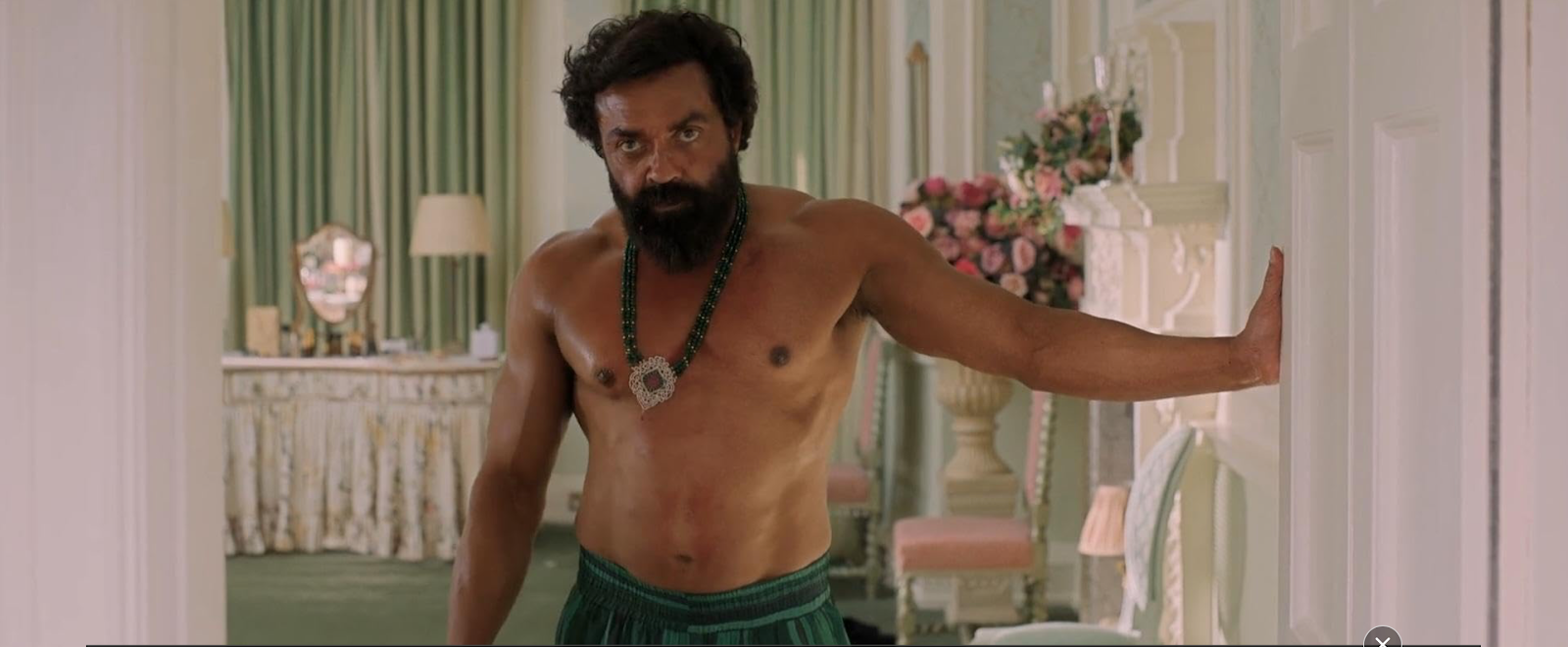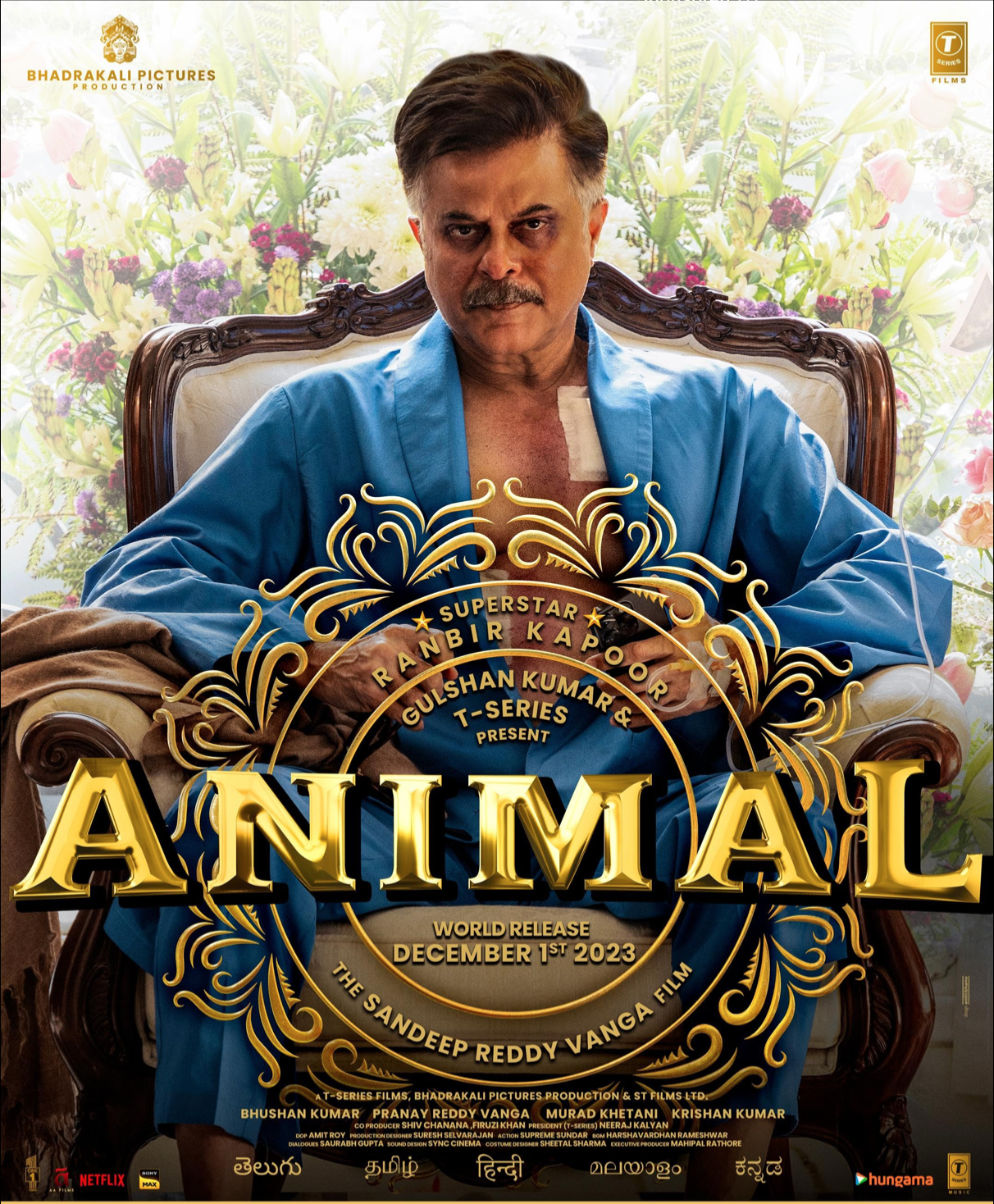Release date: | December 21, 2023 |
Director: | Rajkumar Hirani |
Cast: | Shah Rukh Khan, Taapsee Pannu, Boman Irani, Anil Grover, Vikram Kocchar, Cameo: Vicky Kaushal |
Language: | Hindi |
There’s always a first time for everything. Your first love. Your first kiss. Your first paycheck. Even your first boring film.
Now there’s a word I never expected to use for a Rajkumar Hirani venture. Yet “boring” is the aptest adjective for the director’s latest film Dunki that he has also co-written with Abhijat Joshi and Kanika Dhillon. Whatever criticism Hirani’s previous works may have deserved (3 Idiots featured that balaatkaar ‘joke’, it starred a 44-year-old as a teen, it favoured broad brush strokes over nuance as did PK, and Sanju was PR for Sanjay Dutt) none of them could be accused of dullness. Much about 3 Idiots was fun. PK was entertaining and brave. Ranbir Kapoor aced Sanju. Above all these, is the joyous Munnabhai series. Dunki feels like it was made by someone else.
Taapsee Pannu here plays Manu Randhawa who wants to prove to her Dad that she’s as capable as a son of clearing the family’s debts and reclaiming the large house they lost. Buggu Lakhanpal (Vikram Kocchar) wants his Mum to quit the job she took after his Dad retired, because men leer at her when she wears pants as part of her work uniform. Balli Kakkad (Anil Grover) wants to release his Mum from toiling as a tailor, but sees no future in the barber shop where he’s employed. In this village where the West is viewed as El Dorado, and migration the fix for all problems, they begin single-mindedly chasing their goal of leaving India.
One of them makes it to London. With no legal route in sight, the others risk death to swim, walk and stow away in vehicles, covering thousands of miles across Asia and Europe to get to their Promised Land. They do this without any idea how they will earn money abroad. They are guided on this perilous odyssey by Hardy a.k.a. Hardayal Singh Dhillon (Shah Rukh Khan). Their story dating back to 1995 is recounted in a flashback 25 years later.
The film’s title is Punjabi for what are known as “donkey flight” methods used by Indians to gain illegal entry into rich Western countries. It’s a well-established term you will find in press reports, because Manus, Buggus and Ballis exist in large numbers. Just last year, for instance, the media covered the tragic tale of Vaishaliben and Jagdish Patel, a married couple in their 30s from Gujarat, who froze to death with their 11-year-old daughter and three-year-old son in a field near Canada’s border with the US. They were in Canada on visitor’s visas, and died while trying to illegally enter the US on foot. The Patels were not impoverished, not from a beleaguered caste or religious minority, not activists or any category of folks victimised by their government. An excellent BBC profile explained that they were in fact a middle-class couple who probably fell for ‘the American dream’ peddled by human traffickers, had most likely not researched the plight of illegal migrants to the US, but succumbed to a bizarre social pressure to migrate that pervades their Gujarat village.
It would take thoughtful scripting to make a candid yet compassionate film on those like the Patels whose unthinking quest ends in tragedy. The obliviousness to reality of aspiring immigrants from Punjab was captured with a blend of empathy and exasperation in the Canadian Indian director Deepa Mehta’s Heaven On Earth (English-Punjabi-Hindi, 2008). Preity Zinta was remarkable in that film as a woman who leaves the middle-class comfort of her home for what her community deems a prized catch, an NRI groom, only to find that he had hidden the truth that he was struggling for survival in Canada. Heaven On Earth’s heroine was certainly financially better off in Punjab than Manu, Buggu and Balli, but the point is, all four were socially conditioned or pressured not to look before leaping, to emigrate without planning for what lay on the other side of that journey. Unlike Mehta’s film, Dunki does not scrutinise this desperation but romanticises it.
So, worse than Dunki’s tedium is its political immaturity. The script avoids any tricky ground that would require intricate characterisation. It does not examine why the trio did not pursue options in India with the doggedness that they invested in putting their lives on the line to reach the UK. It does not train a critical lens on the patriarchy that drove Buggu and Balli to prefer possible death over earning mothers, nor have the finesse to envisage a situation where a man may understandably worry about a mother he loves, yet not see nearly killing himself as the only alternative.
One character says sorrowfully that strugglers like them are driven to do work in the UK that locals do not want to, like mopping floors and scrubbing toilets. These are tasks that Dalits in India undertake (and are often forced to stick with) because upper castes are contemptuous of such jobs, although the latter are known to take them up when in dire straits abroad. Dunki does not stop to look at whether Manu, Buggu and Balli would have been willing to clean floors and toilets in India, and what the answer to that question says about them and the society they come from.
To effectively address such complex points and still elicit warmth towards the three would have been a challenge, therefore Dunki steers clear of these issues completely.
The film does not even do enough to generate that warmth organically. Maudlin music is played loudly to manipulate the audience into weeping, since the writing lacks flesh and insight.
Dunki’s tone deafness to casteism extends to race too. One ‘joke’ involves the trio’s confusion and stress on sighting a black man when they reach what they think is the UK. They are relieved when they spot a white couple immediately after. Cringe.
Dunki’s arguments favouring illegal immigrants are half-baked, and its poorly reasoned comments on British imperialists unwittingly suggest an equivalence between colonialism and migration.
It is not clear whether subconscious prejudice or a conscious desire to pander to the dominant national mood is at the heart of certain script elements, or these were just instances of mindless writing. Such as the fact that the violence and sadism that Hardy, Manu and Buggu encounter while crossing borders comes from men in Muslim-majority countries. Or that the only kindness they face in this arduous process comes from a white male judge at their court hearing in the UK.
(Spoiler alert) Hardy and his companions are told by the judge that they can get asylum in the UK if they claim they faced persecution in India. He refuses, the rest give in. Was this meant to be a meta moment blurring the line between SRK’s character and SRK himself, as Pathan and Jawan repeatedly did? If so, the writers might consider the meaning that scene takes on in a real-world context in which Muslims in particular and minorities at large are expected to prove their loyalty to India while members of the majority community are not. (Spoiler alert ends)
Like all Hindi films aspiring to be mainstream, a romance between the biggest male and female star in the cast is rammed into the script, which brings up the point that the actors playing SRK’s wives and girlfriends are getting younger with each film. Pannu at 36 looks like she might be the nearly 60-year-old Khan’s daughter in reality, and no, saying so does not make this an ageist review – this is a criticism of the ageism that producers, directors and male stars direct at women actors in their 50s who they do not consider attractive enough for a man in his 50s. C’mon SRK, you position yourself as being better than this, so why don’t you do better by women artistes?
The sexual chemistry between Khan and Pannu is zilch, which makes the blaring song “Ho aisa waisa ishq nahin, yeh ishq hai Raanjhe waala” sound ridiculous in a painfully unconvincing romantic scene. The fault lies not with the song, but with the scenario.
Frankly, the chemistry between all the characters in Dunki is down to zero.
Still, Pannu gets the space she deserves, which is unusual for a male-superstar-led Indian film (case in point: the short shrift given to Nayanthara in Jawan). She and Grover are good. So is Vicky Kaushal in a cameo. Kocchar and Boman Irani (who plays the English coach Geetu Gulati) can be excused for hamming in their intentionally OTT comedy scenes, but Khan cannot be given such leeway. His over-acting is especially jarring in intense exchanges, and is shown up by successive scenes in which he and Pannu are emotional, she with restraint, he with face all a-quiver.
Pannu is even given weirdly drastic ageing makeup, causing her to advance what looks like 50 years in 25, no doubt to match Manu with Hardy in the present day. Seriously?
Someone please revive the more controlled SRK of Swades, Chak De! India and Fan, or the star who was comfortable enough with his age to make it look sexy in Dear Zindagi.
Dunki’s only truly sharp passage comes early on, cocking a snook at Far Right nationalists’ obsessive reverence for Jana Gana Mana. There’s also fun to be had with Balli’s barbering, Geetu’s classes and the students’ jugaadu solution to their English problem. The latter is hilarious, actually. But there is only so far that these scattered rays of sunshine can take the film.
For a truly intelligent recent account of an Indian illegal immigrant in the US, try catching Danish Renzu’s heart-wrenching The Illegal (English, 2021) starring Suraj Sharma.
Dunki is an over-wrought, over-stretched, over-crowded sample of cinematic mediocrity, marked by clunky writing and puerile politics – an inexplicably incompetent film coming from one of the most successful teams in Hindi film history.
Rating (out of 5 stars): 1.75
Running time: | 161 minutes |
Poster courtesy: IMDB






